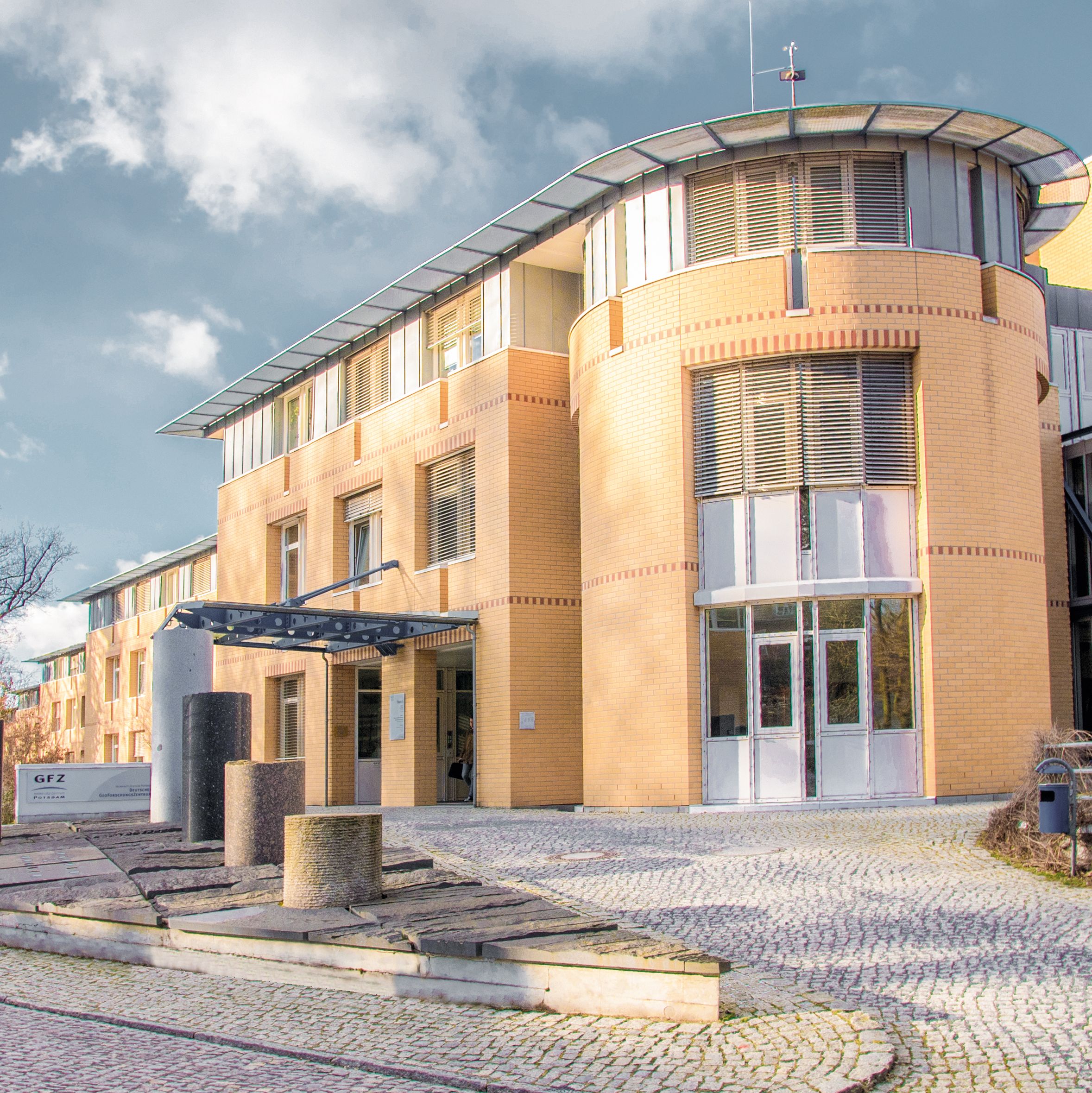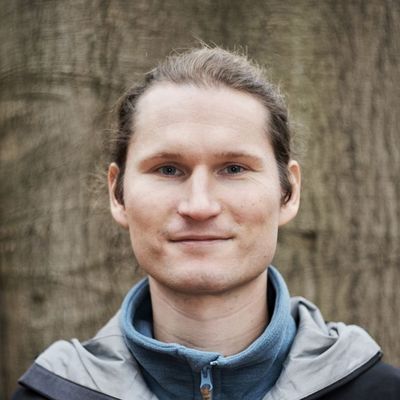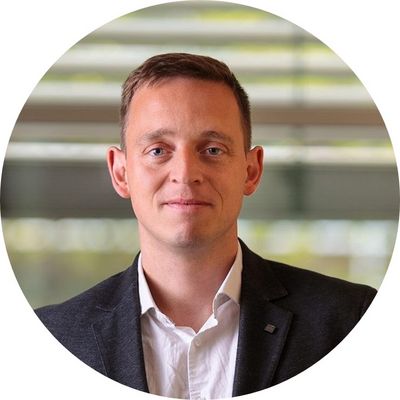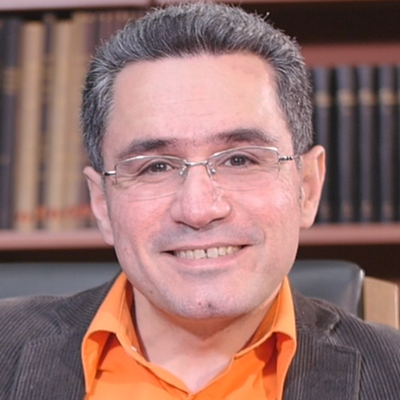Verstehen, was die Erde bewegt: Am GFZ erforschen Wissenschaftler die Dynamik unseres Planeten – von geophysikalischen Prozessen im Erdinneren bis zu den Auswirkungen des Klimawandels.
Mit HIDAs Mobilitätsprogrammen können Data-Science-Talente am GFZ an wegweisenden Forschungsprojekten zur Dynamik unseres Planeten mitwirken.

Über die Helmholtz-Gemeinschaft
Die Helmholtz-Gemeinschaft
Die Helmholtz-Gemeinschaft ist die größte Wissenschaftsorganisation Deutschlands. Unsere übergreifenden Forschungsprogramme verbinden die 18 Helmholtz-Zentren miteinander.
Jedes Zentrum verfügt über eigene wissenschaftliche Schwerpunkte und Infrastrukturen. Die Forschung ist thematisch in sechs strategische Bereiche gegliedert.
- Energie
- Erde und Umwelt
- Gesundheit
- Information
- Luftfahrt, Raumfahrt & Verkehr
- Materie
Das GFZ Helmholtz-Zentrum für Geoforschung (GFZ) ist Deutschlands führende Einrichtung für die Erforschung des Systems Erde. Forschende analysieren die physikalischen, chemischen und biologischen Prozesse, die unseren Planeten formen. Ziel des GFZ ist es, durch interdisziplinäre Forschung und modernste Technologien ein besseres Verständnis für Naturgefahren, geologische Ressourcen und den globalen Wandel zu gewinnen und nachhaltige Lösungen für gesellschaftliche Herausforderungen zu entwickeln.
Forschungsschwerpunkte:
- Geodynamik und Plattentektonik
- Erdsystem- und Klimaforschung
- Seismologie und Naturgefahrenanalyse
- Geomagnetismus und Satellitengeodäsie
- Geothermie und nachhaltige Energiegewinnung

Die Standorte
Die Standorte
Hauptstandort: Potsdam
Forschungsinfrastruktur und Kooperationen:
- Geomagnetisches Observatorium Niemegk
- Satellitenmissionen zur Erdbeobachtung
- Seismologische Netzwerke für globale Naturgefahrenanalyse
Kompetenzen des GFZ im Bereich Data Science & KI
Das GFZ setzt auf leistungsfähige KI-Modelle und Big-Data-Analysen, um komplexe geophysikalische und klimatische Prozesse zu entschlüsseln. Interdisziplinäre Teams entwickeln innovative Simulationsmethoden und Analysewerkzeuge, die neue Erkenntnisse über die Erde ermöglichen.
- KI-gestützte Erdbeben- und Tsunami-Früherkennung
- Automatisierte Mustererkennung in geophysikalischen Messdaten
- Maschinelles Lernen für die Modellierung von Klimaveränderungen
- Entwicklung digitaler Zwillinge des Erdsystems
- Multimodale Datenintegration zur Verbesserung geologischer Vorhersagemodelle
Mit über 1.600 Mitarbeitenden erforscht das GFZ die komplexen Prozesse des Erdsystems.
Bewerbung
Sie möchten am GFZ forschen und arbeiten? Dann bewerben Sie sich jetzt für das HIDA Mobility Program!
Kontaktieren Sie Ihren potenziellen Betreuer oder Ihre potenzielle Betreuerin bitte vorab per E-Mail, um ein Forschungsprojekt vorzuschlagen und zu besprechen. Reichen Sie erst nach dieser Klärung Ihre Bewerbung ein.
Weitere Informationen zu den Bewerbungsregularien finden Sie hier!
Hinweis für externe Bewerber:
Bei Fragen zu Bewerbungsformalitäten und organisatorischen Abläufen wenden Sie sich bitte direkt an Ihr Heimatinstitut.
Die Hosts am GFZ
Lernen Sie hier einige potentielle Gastgeberinnen und Gastgeber am GFZ kennen und erfahren sie mehr über deren jeweilige Data Science-Forschung.
Bitte beachten Sie: Die hier aufgeführte Liste zeigt lediglich eine Auswahl möglicher Gastgeber.
Darüber hinaus können Sie auch eigenständig potenzielle Hosts im Zentrum kontaktieren und mit ihnen eine Teilnahme am HIDA Mobility Program vereinbaren.
Wenn Sie Fragen haben, senden Sie bitte eine E-Mail an: hida@helmholtz.de
Sie möchten selbst gerne Helmholtz-Gastgeber werden und suchen nach Unterstützung für Ihr Forschungsprojekt? Dann wenden Sie sich ebenfalls an die oben genannte E-Mail Adresse.

Benjamin Brede
Remote Sensing and Geoinformatics
Ansprechpartner

Three-sentence summary of your group's research: We link fine scale observations of vegetation to global satellite observations in order to calibrate and validate EO products. For this we use proximal remote sensing like Terrestrial and UAV laser scanning, radiative transfer models and machine learning.
What infrastructure, programs and tools are used in your group? UAV and terrestrial laser scanning, hyperspectral imaging.
What could a guest researcher learn in your group? How could he or she support you in your group? A researcher can learn to design field experiments that aim to link local to global observations of vegetation. A researcher can support the group with novel ideas on using AI and machine learning, in particular to apply on point cloud data.

Sven Fuchs
Hydrothermal Energy
Ansprechpartner

Short summary of your group's research: Our working group explores the Earth’s thermal field and geothermal resources, studies involved processes, quantifies their relevance, and provides knowledge on its behavior over time and across scales. The group is aimed at identifying priority targets for different geoenergy utilizations. With our work, we contribute to the transformation of the conventional energy system and to the reduction of CO2 emission.
With an applied focus, we elaborate exploration strategies to advance the successful development of geoenergy utilization in urban areas, where conventional surface exploration methods are often not applicable. We develop advanced methodologies for cross-scale characterization and for a better scale-dependent parameterization of the subsurface for risk reduction. A key concept is to combine geological expertise with a multi-methodological approach to establish adequate and reliable conceptual subsurface models. Fields of application include the sustainable provision of geothermal energy or the successful application of (thermal) storage systems.
With a more fundamental perspective, we investigate thermal processes in the crust and analyze the thermal field (including heat flow), and provide boundary conditions for multi-process integrated geodynamic models. With the integration of multidisciplinary observation data, we improve the understanding of the present thermal state and involved processes in subsurface thermal geosystems: from local to global views, from rock to lithospheric scales and across time domains.
What could a participant of the HIDA Trainee Network learn in your group? How could he or she support you in your group? We welcome all researchers with interest in geothermal field exploration, numerical methods and related data science. A guest researcher could learn about thermal field modeling approaches and their applications. Possible joint projects could involve processing and mapping of regional to global heat flow data, conducting analysis of observational data for mapping applications.

Mahdi Motagh
Radar Remote Sensing and Geohazards
Ansprechpartner

Three-sentence summary of your group's research: My research interests focus on the use of radar remote sensing data to investigate processes related to various types of geological phenomena and engineering applications, such as active tectonics, landslides, floods, groundwater extraction/injection, underground mining, glacier motion and ice mass change, dam stability, and anthropogenic activities in urban areas.
What could a guest researcher learn in your group? How could he or she support you in your group? Integration of SAR data with machine learning approaches to address natural hazards

Hui Tang
Hazards and Surface Processes Research
Ansprechpartner

Short summary of your group's research: Our research group studies hazards and related surface processes across a wide range of environments, from mountain regions to coastal areas and even deep oceans, over different time scales. Our work has wide topics ranging from earthquake and tsunami, storm and hurricane, landslide and debris flow, to flood and paleo-flood. We use various tools and methods, including field surveys, remote sensing, environmental seismology methods, processes-based modelling, and data science methods, including machine learning to understand the physical processes behind all these natural hazards.
What infrastructure, programs and tools are used in your group? We use the High-Performance Computing infrastructure, including GPU and CPU clusters from our section, GFZ or Helmholtz association, as our main computation resource. For programming languages, we have used different mainstream languages, including Fortran, C, C++, Python, R, Matlab, and Julia, depending on the project. Regarding the data science model, we develop and use open-source platforms such as Scikit-learn, Tensorflow, and PyTorch.
What could a participant of the HIDA Trainee Network learn in your group? How could he or she support you in your group? As an interdisciplinary and diverse research group, we can offer many opportunities for HIDA Trainee Network participants with various interesting projects. There are two main types of projects: method-development-oriented projects and application-oriented projects. For a method-oriented, the participant could learn and develop physics-based machine learning methods for solving partial differential equations or investigating physics. An application-oriented participant could work on earth science or hazard-related research in the project using methods borrowing from computer vision, natural language processing, or signal processing. The participant will involve and support us in developing open-source data science model toolkits for the earth science and hazard science communities. Detailed project descriptions can be found on our group homepage. Feel free to contact us if you have any questions about the projects or bring your own ideas. We specifically welcome applicants from under-presented groups and third-world countries.



